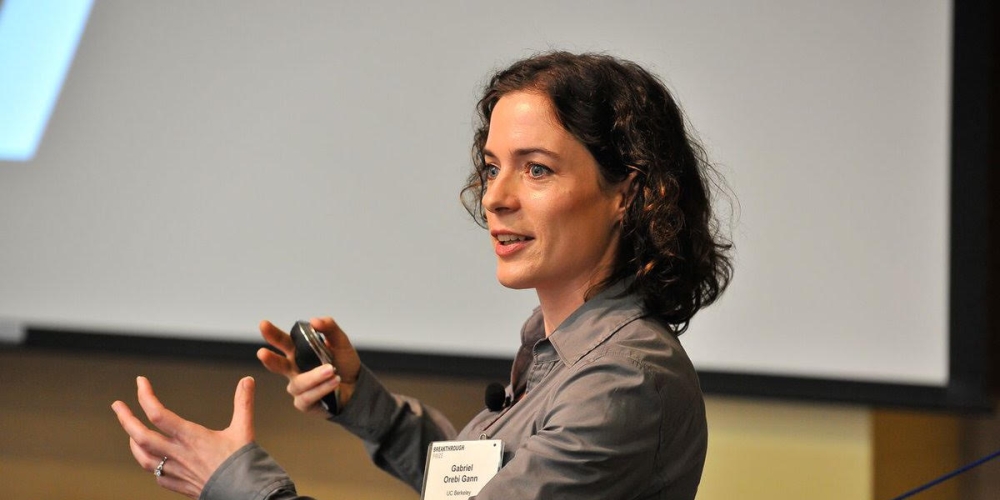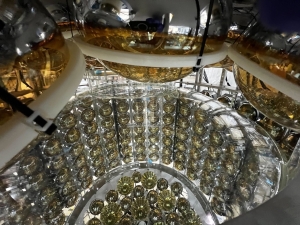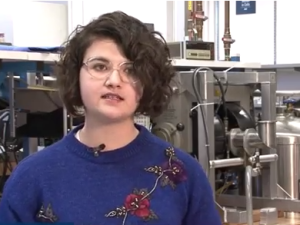

Research Bio
Gabriel Orebi Gann is a physicist whose research investigates neutrinos, particle physics, and nuclear physics. She is best known for her work on neutrino experiments, including the SNO, SNO+, Eos, and THEIA projects, which aim to detect neutrinos for both fundamental science and nuclear nonproliferation. Orebi Gann's research integrates experimental particle physics, detector development, and precision modeling and analysis to explore the properties of neutrinos and their role in the universe. Her scholarship advances both basic science and applications in national security.
She is Professor of Physics at UC Berkeley and Faculty Scientist at Lawrence Berkeley National Laboratory. Her work has been published in Physical Review Letters, Journal of High Energy Physics, and Nature Physics. Orebi Gann has received DOE Early Career funding and recognition from the American Physical Society. At Berkeley, she teaches particle physics and mentors students in experimental neutrino physics.
Research Expertise and Interest
particle physics
In the News
Tests Begin on Sensitive Neutrino Detector for Nonproliferation As Well as Physics
First large-scale nuclear reactor monitor will boost neutrino physics
Urging women in physics to stay in physics
UC Berkeley graduate student Katayun Kamdin’s experience as an undergraduate physics major at the University of Chicago was like that of many women who enter a field traditionally dominated by men.



